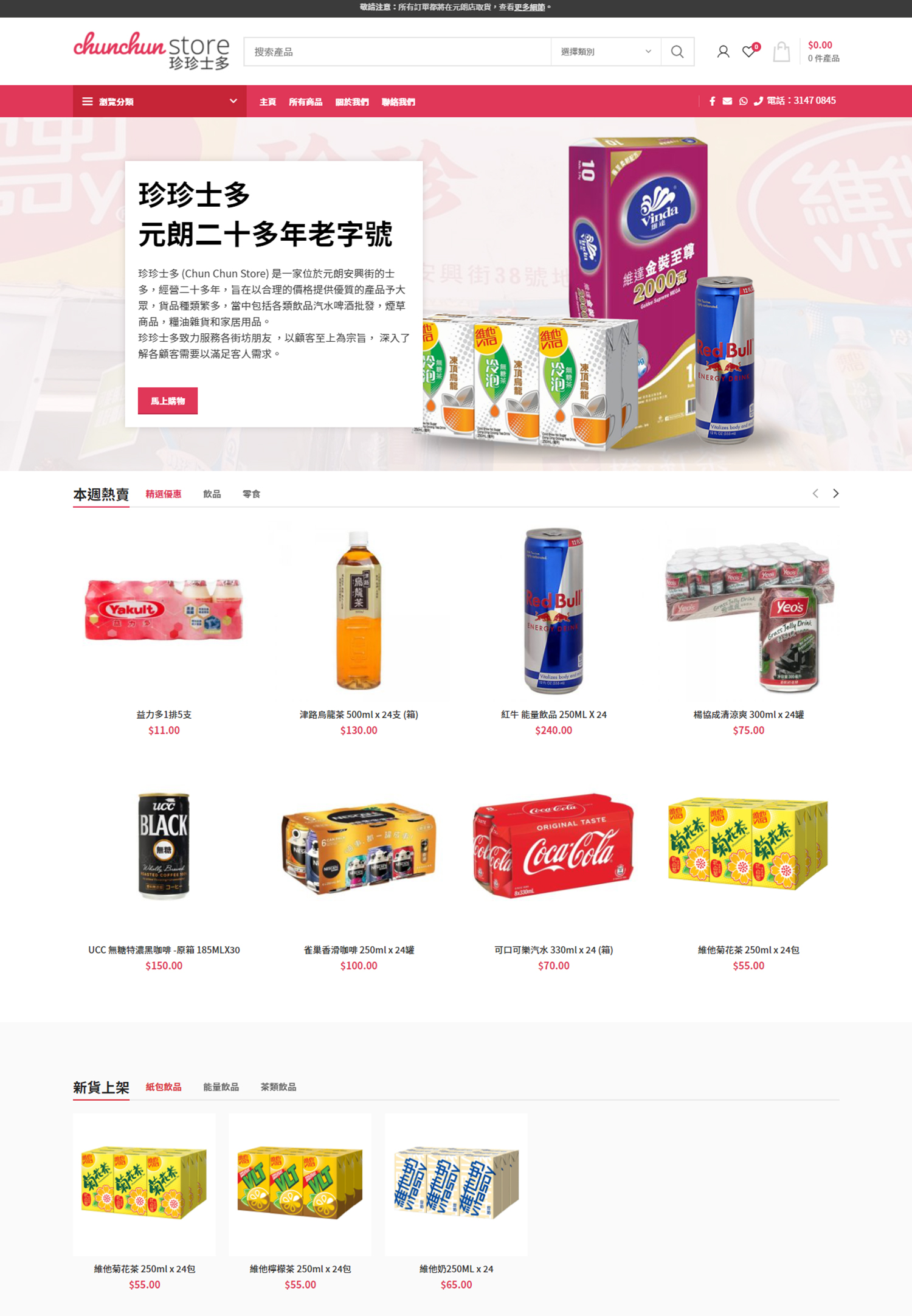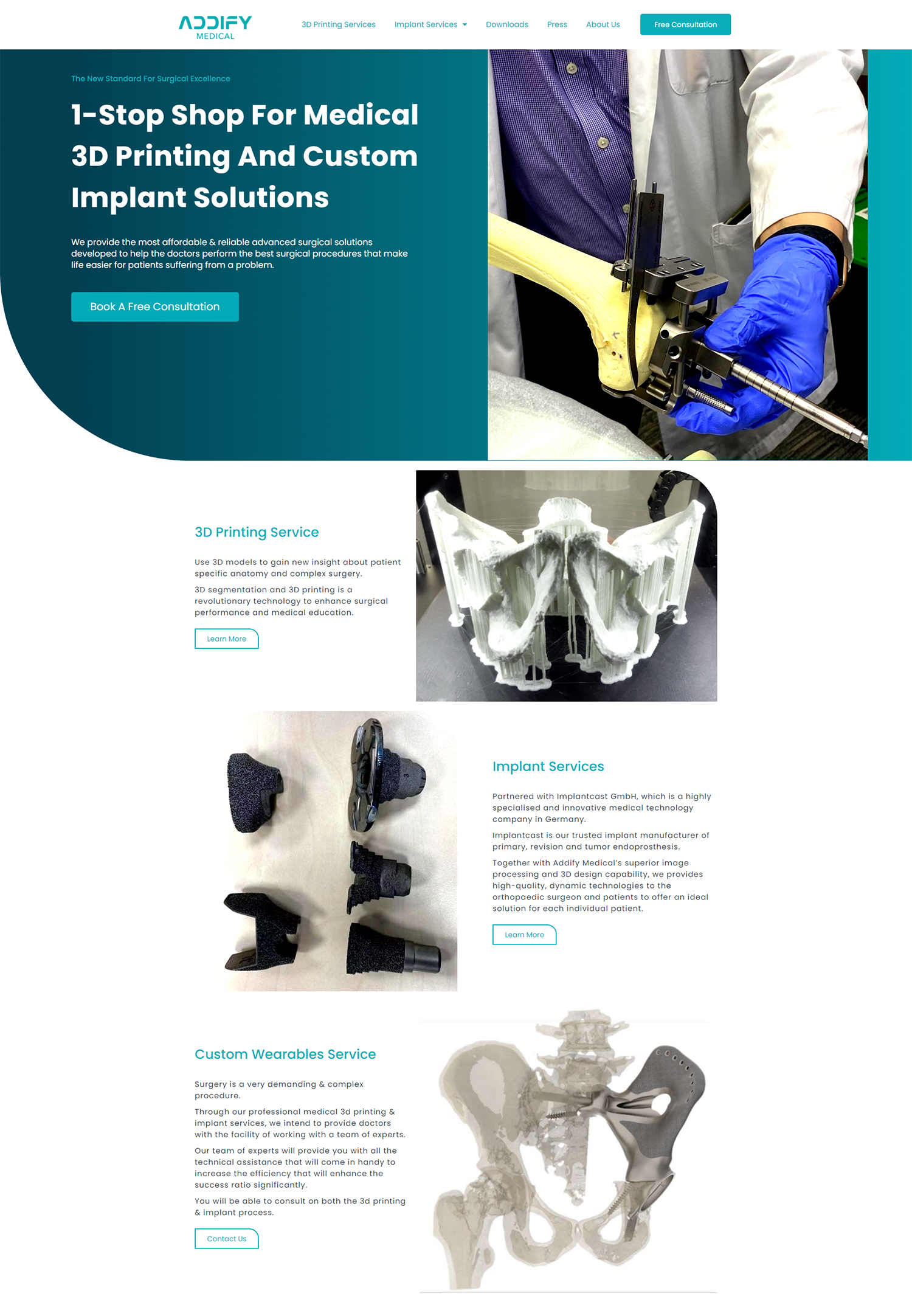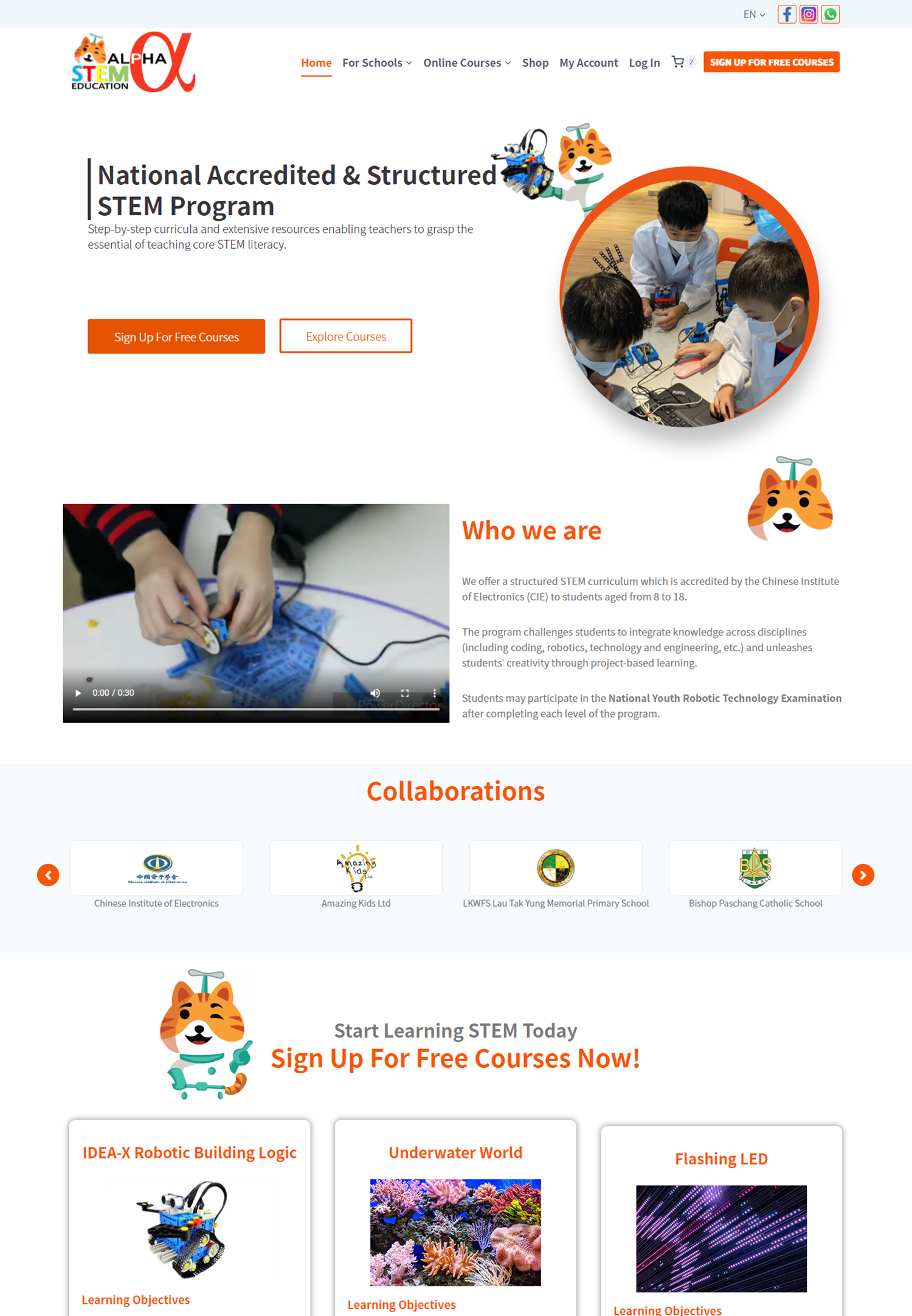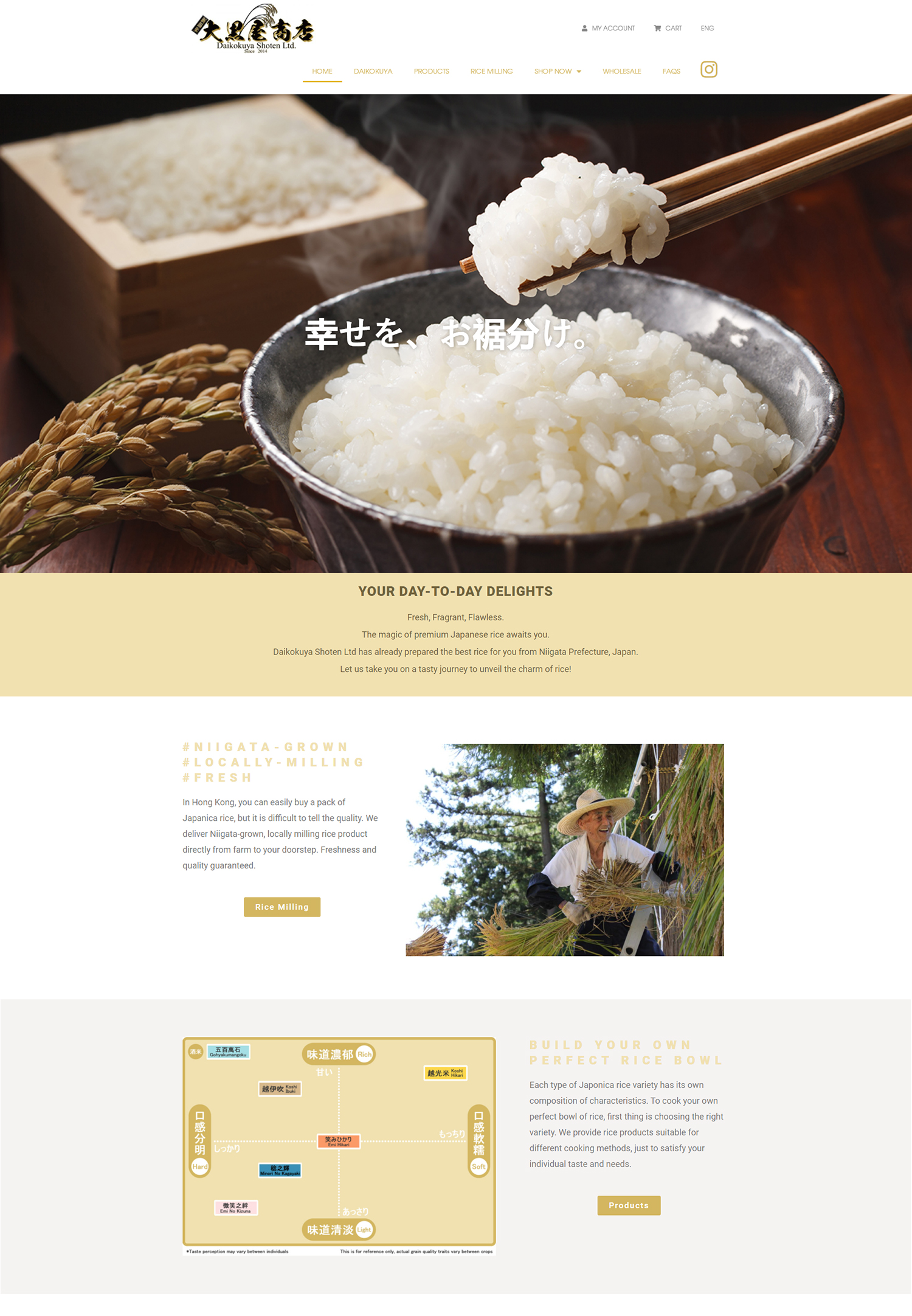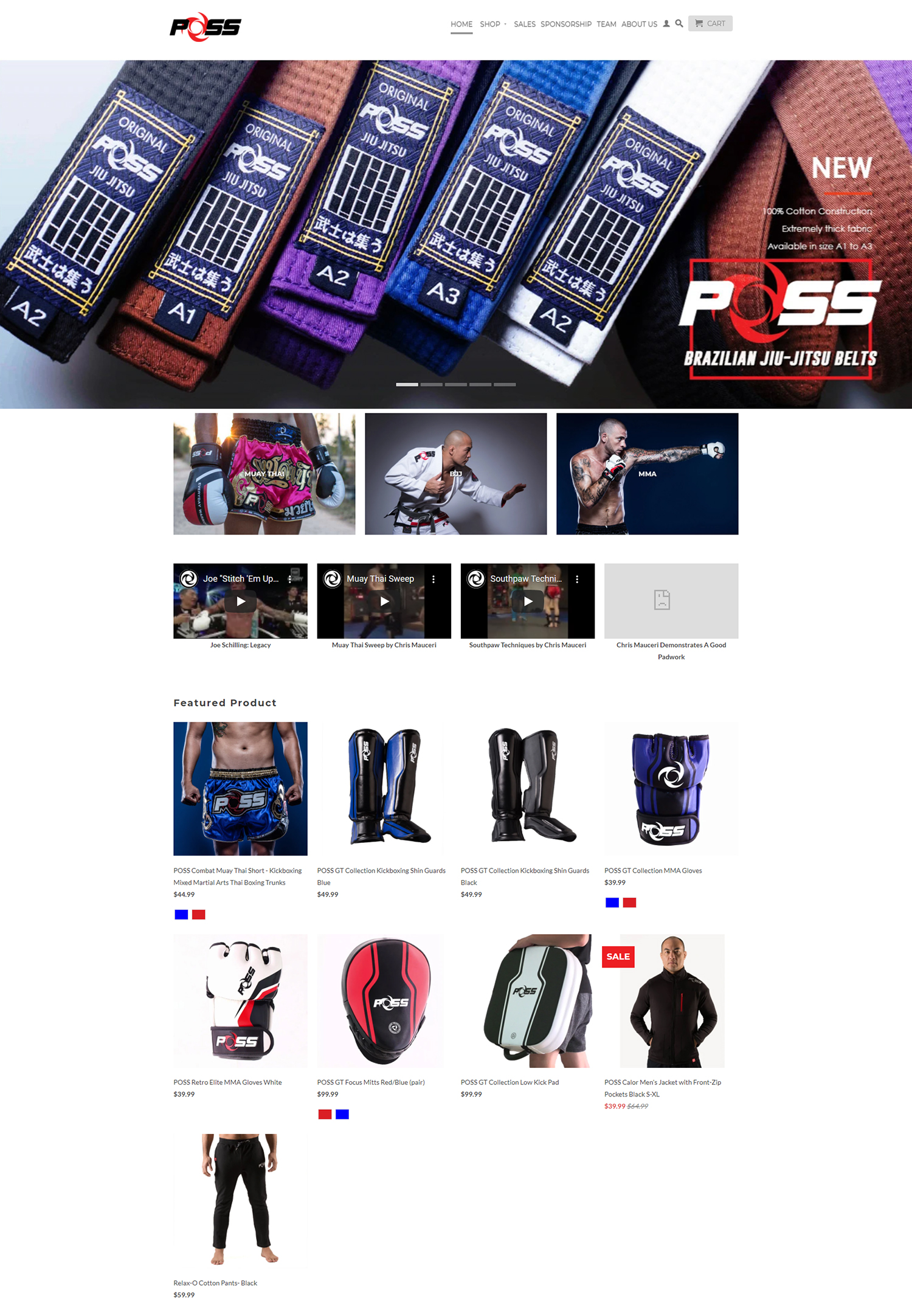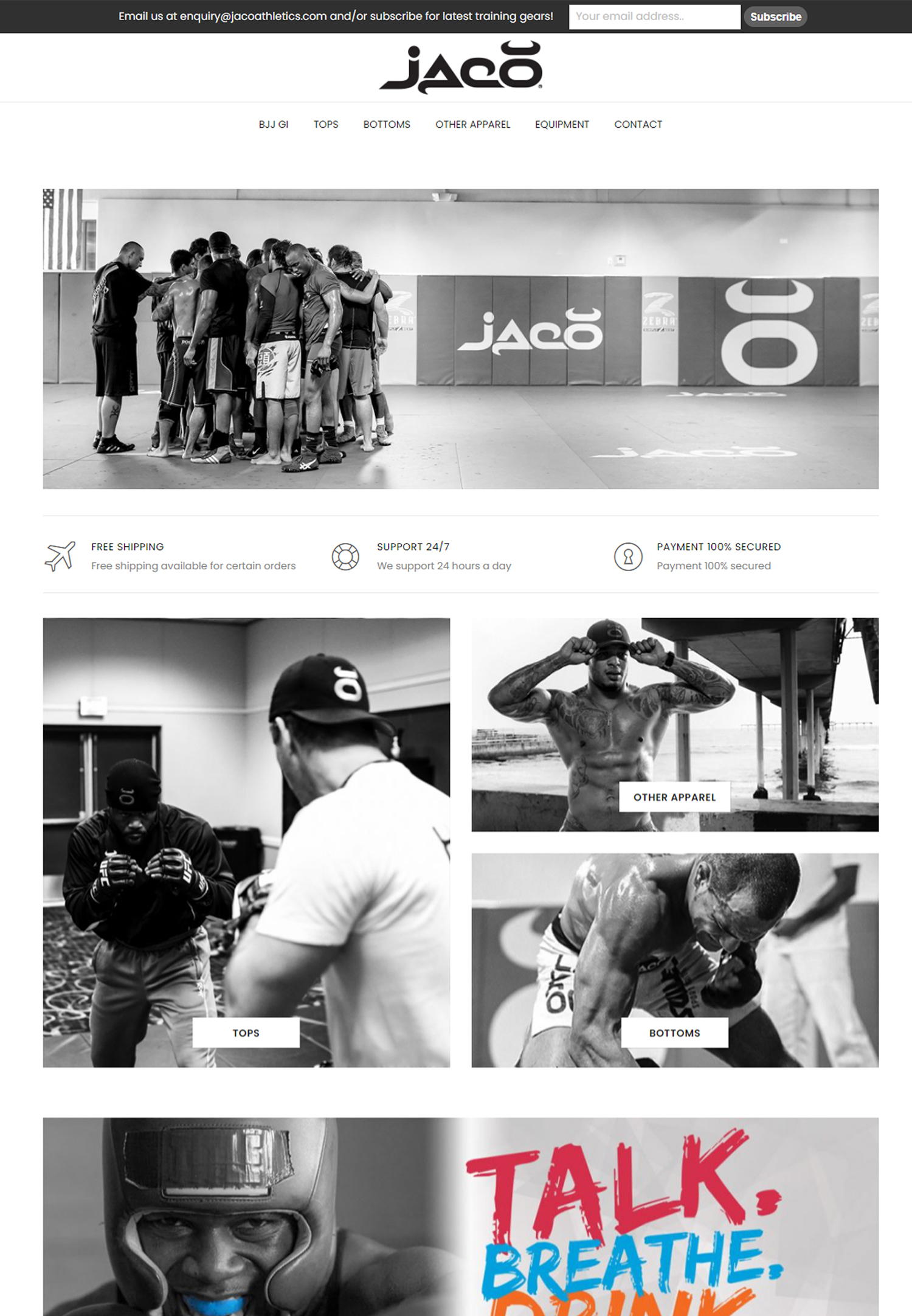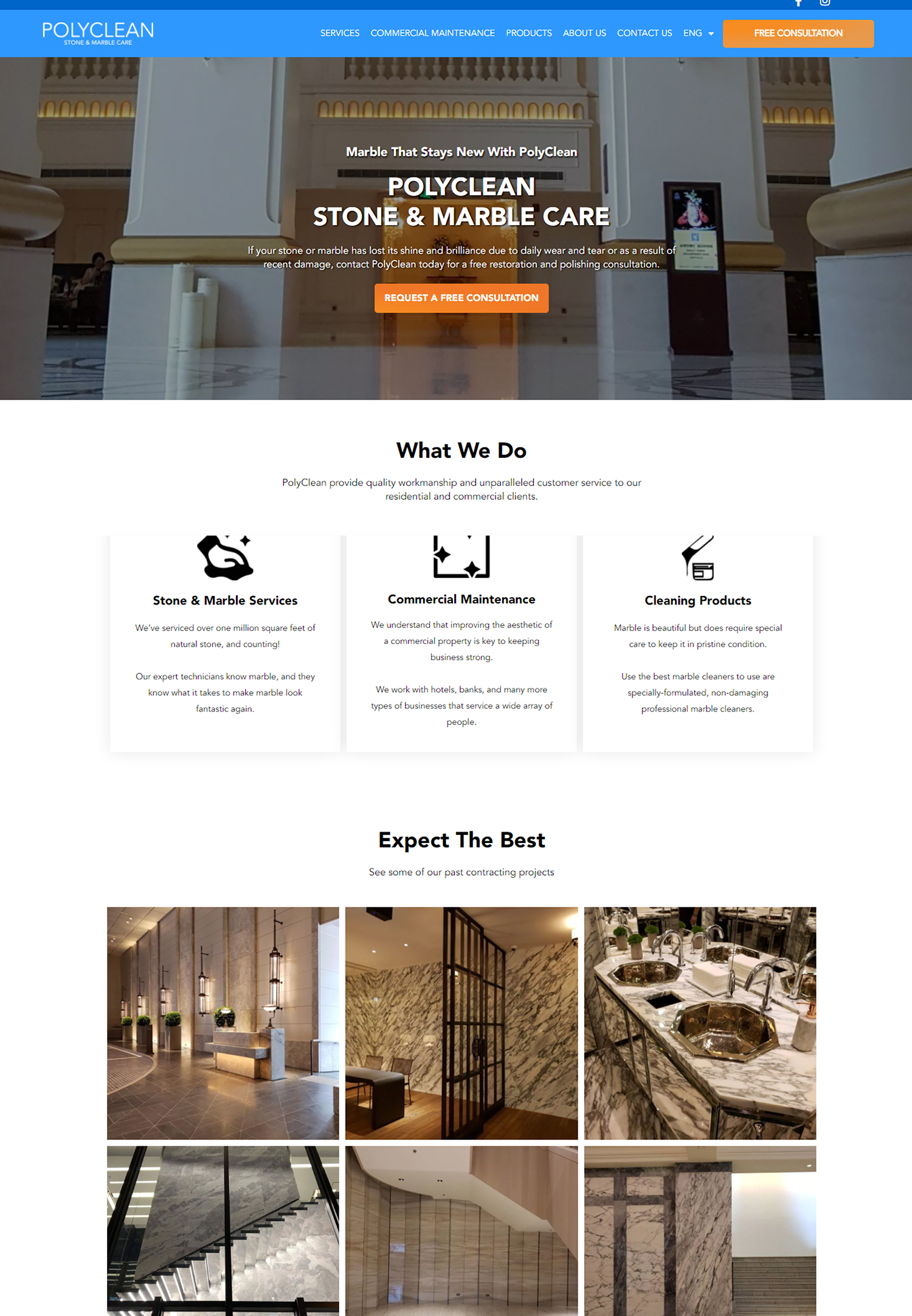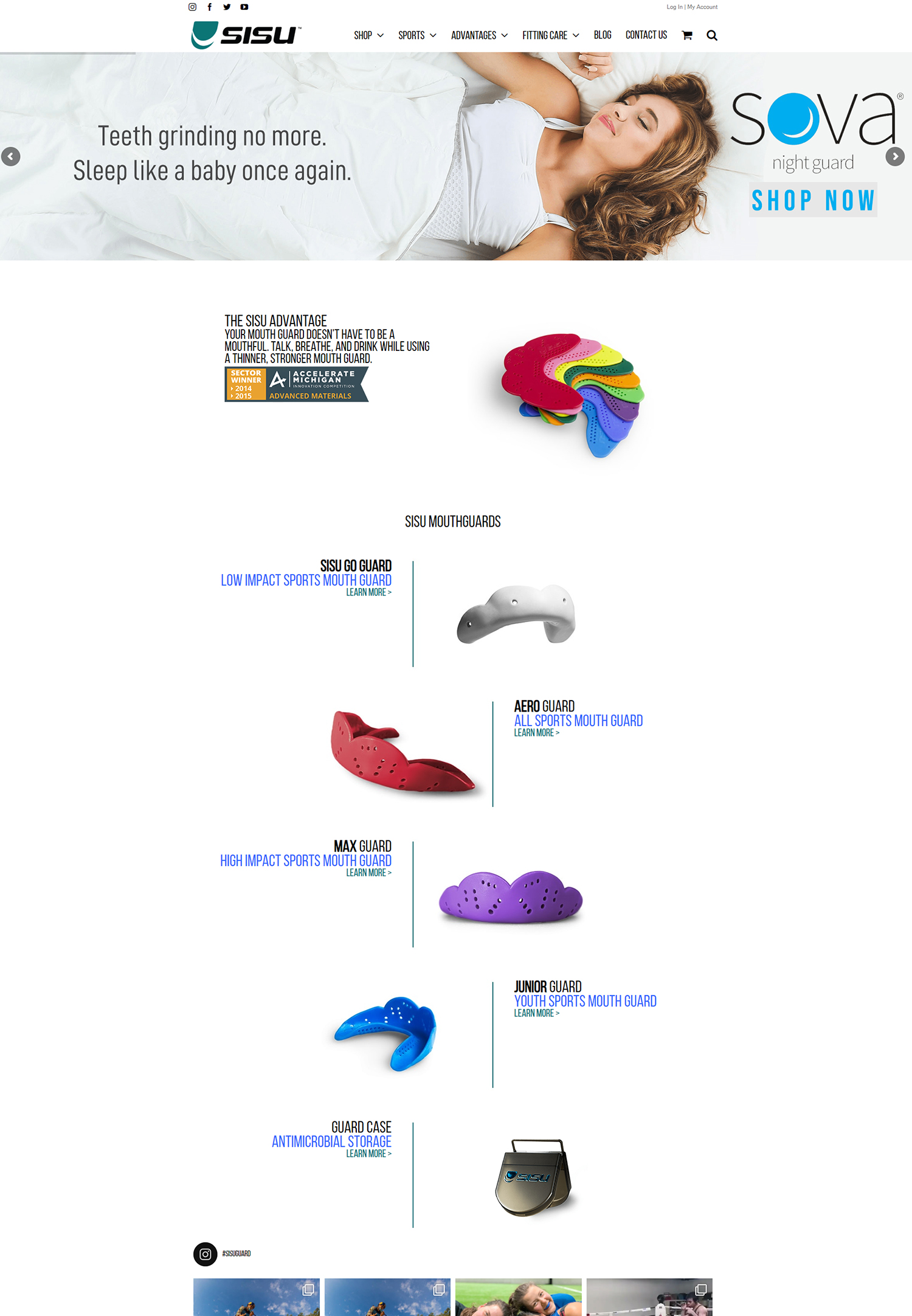In the ever-evolving landscape of digital marketing, trust has emerged as a cornerstone of effective content strategies. As we navigate through a sea of information, consumers are increasingly discerning about the brands they choose to engage with. Trust is not merely a nice-to-have; it is essential for fostering long-term relationships with our audience.
When we establish trust, we create a foundation that encourages loyalty, enhances brand reputation, and ultimately drives conversions. In a world where skepticism is rampant, our ability to cultivate trust can set us apart from competitors who may rely solely on flashy advertisements or aggressive sales tactics. Moreover, trust influences consumer behavior significantly.
Research indicates that consumers are more likely to engage with brands they perceive as trustworthy. This means that our content must not only inform but also resonate with our audience on a deeper level. By prioritizing trust in our content marketing efforts, we can create a more meaningful connection with our audience, leading to increased engagement and higher retention rates.
As we delve deeper into the nuances of trust-building, we will explore various strategies that can help us foster this vital element in our content marketing endeavors.
Key Takeaways
- Trust is crucial in content marketing as it helps to establish credibility and build long-term relationships with the audience.
- Empathy plays a key role in building trust as it allows brands to understand and connect with their audience on a deeper level.
- Identifying the emotional needs of the target audience is essential for creating content that resonates and builds trust.
- Authentic and relatable content is more likely to build trust with the audience as it feels genuine and trustworthy.
- Storytelling is a powerful tool for connecting with the audience on an emotional level and building trust through shared experiences.
The Role of Empathy in Building Trust
Empathy plays a pivotal role in establishing trust within our content marketing strategies. When we approach our audience with empathy, we demonstrate an understanding of their feelings, challenges, and aspirations. This emotional connection is crucial in creating content that resonates with our audience on a personal level.
By putting ourselves in their shoes, we can craft messages that not only address their needs but also reflect their values and beliefs. This alignment fosters a sense of belonging and loyalty, making it more likely for our audience to trust us. Furthermore, empathy allows us to humanize our brand.
In an age where consumers often feel disconnected from corporations, showing genuine care and understanding can differentiate us from competitors. When we share stories that reflect our audience’s experiences or acknowledge their struggles, we create a bond that transcends transactional relationships. This emotional engagement is essential for building trust, as it signals to our audience that we are not just interested in selling products or services but are genuinely invested in their well-being.
Identifying Your Target Audience’s Emotional Needs
To effectively build trust through content marketing, we must first identify the emotional needs of our target audience. Understanding what drives our audience’s decisions and behaviors is crucial for creating content that resonates with them. We can achieve this by conducting thorough research, including surveys, interviews, and social listening.
By gathering insights into their pain points, desires, and motivations, we can tailor our content to address these emotional needs directly. Once we have a clear understanding of our audience’s emotional landscape, we can create content that speaks to them authentically. For instance, if we discover that our audience values sustainability, we can highlight our brand’s commitment to eco-friendly practices in our messaging.
By aligning our content with their values and addressing their emotional needs, we not only build trust but also position ourselves as a brand that genuinely cares about the issues that matter to them.
Creating Authentic and Relatable Content
Authenticity is key when it comes to building trust through content marketing. Our audience craves genuine interactions and relatable experiences. When we create content that reflects our true values and beliefs, we foster an environment where trust can flourish.
This means being transparent about our brand’s mission, values, and even our shortcomings. By sharing both successes and challenges, we present ourselves as a relatable entity rather than an untouchable corporation. Relatable content also involves using language and imagery that resonates with our audience’s everyday experiences.
We should strive to speak in a tone that feels familiar and approachable, avoiding jargon or overly technical language that may alienate potential customers. By sharing stories or testimonials that reflect real-life experiences, we can create a sense of connection that encourages trust. Ultimately, when our audience sees themselves in our content, they are more likely to engage with us and develop a lasting relationship.
Utilizing Storytelling to Connect with Your Audience
Storytelling is a powerful tool in our content marketing arsenal for building trust. Humans are naturally drawn to stories; they evoke emotions and create connections that facts and figures alone cannot achieve. By weaving narratives into our content, we can engage our audience on a deeper level and foster empathy.
Whether it’s sharing customer success stories or illustrating the journey of our brand, storytelling allows us to convey complex ideas in a relatable manner. Moreover, storytelling enables us to highlight the values and mission behind our brand. When we share the story of how our company was founded or the challenges we’ve overcome, we create a narrative that resonates with our audience’s own experiences.
This authenticity not only builds trust but also encourages loyalty as customers feel more connected to the brand’s journey. By incorporating storytelling into our content strategy, we can create memorable experiences that leave a lasting impression on our audience.
Leveraging User-Generated Content to Build Trust
User-generated content (UGC) is an invaluable asset for building trust in our content marketing efforts. When customers share their experiences with our products or services, they provide authentic testimonials that resonate with potential buyers. UGC serves as social proof, demonstrating that real people have had positive interactions with our brand.
This type of content is often perceived as more trustworthy than traditional marketing messages because it comes from fellow consumers rather than the brand itself. Encouraging UGC can take many forms, from social media posts featuring our products to reviews on third-party platforms. By actively engaging with customers who share their experiences, we not only build trust but also foster a sense of community around our brand.
Highlighting UGC in our marketing materials showcases the voices of satisfied customers and reinforces the idea that we value their opinions. This collaborative approach not only enhances credibility but also encourages others to share their experiences, further amplifying the trust-building process.
Engaging in Transparent and Honest Communication
Transparency is essential for cultivating trust in any relationship, including those between brands and consumers. In our content marketing efforts, we must prioritize honest communication about our products, services, and business practices. This means being upfront about pricing, potential drawbacks, and any challenges associated with what we offer.
When we communicate transparently, we demonstrate integrity and respect for our audience’s intelligence. Additionally, transparency extends beyond product information; it encompasses how we operate as a business. Sharing insights into our company culture, decision-making processes, and even challenges we face can humanize our brand and foster trust.
When consumers see that we are willing to be open about both successes and failures, they are more likely to view us as trustworthy partners rather than faceless corporations focused solely on profit.
Measuring the Impact of Empathetic Content on Trust Building
As we implement strategies aimed at building trust through empathetic content marketing, it is crucial to measure the impact of these efforts. We can utilize various metrics to assess how well our content resonates with our audience and fosters trust over time. Engagement rates—such as likes, shares, comments, and click-through rates—can provide valuable insights into how effectively our content connects with consumers emotionally.
Furthermore, tracking customer feedback through surveys or reviews can help us gauge the level of trust consumers have in our brand after interacting with empathetic content. By analyzing this data, we can refine our strategies and continue to enhance the emotional connection we have with our audience. Ultimately, measuring the impact of empathetic content allows us to adapt and evolve our approach continually, ensuring that trust remains at the forefront of our content marketing efforts.
In conclusion, building trust through content marketing is an ongoing journey that requires empathy, authenticity, and transparency. By understanding the emotional needs of our audience and creating relatable content that resonates with them on a personal level, we can foster lasting relationships built on trust. Through storytelling and user-generated content, we can further enhance this connection while maintaining open lines of communication with our audience.
As we measure the impact of these strategies over time, we will be better equipped to navigate the complexities of consumer behavior and continue building trust in an ever-changing digital landscape.






